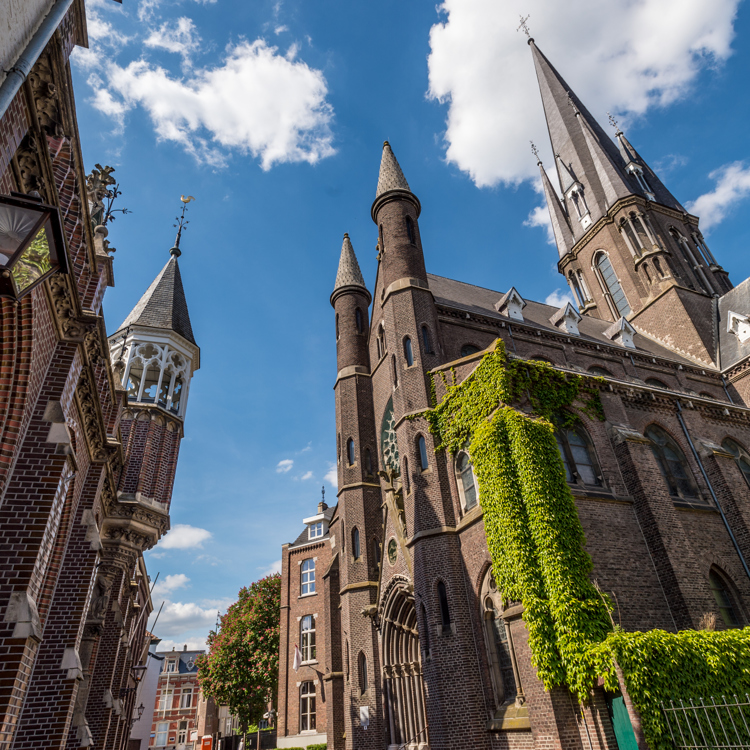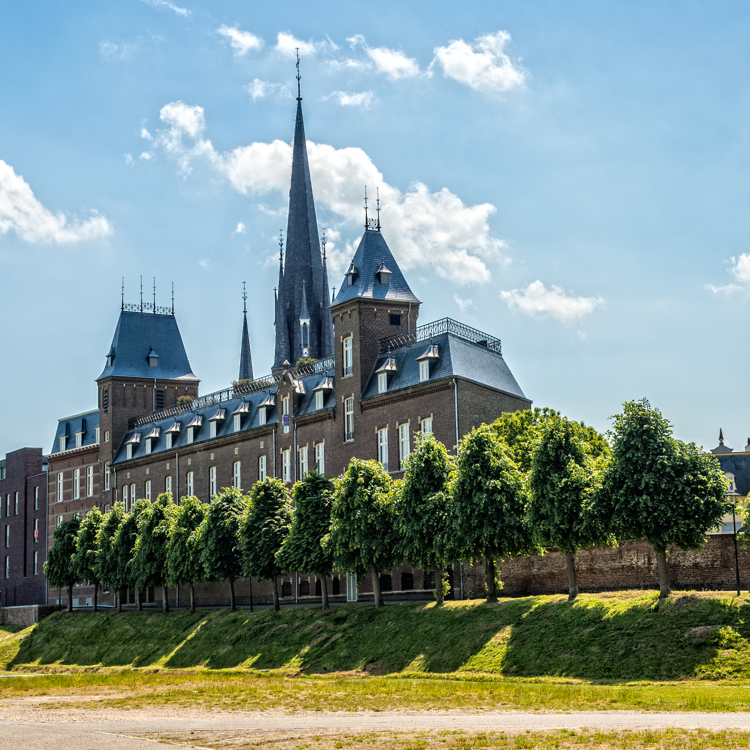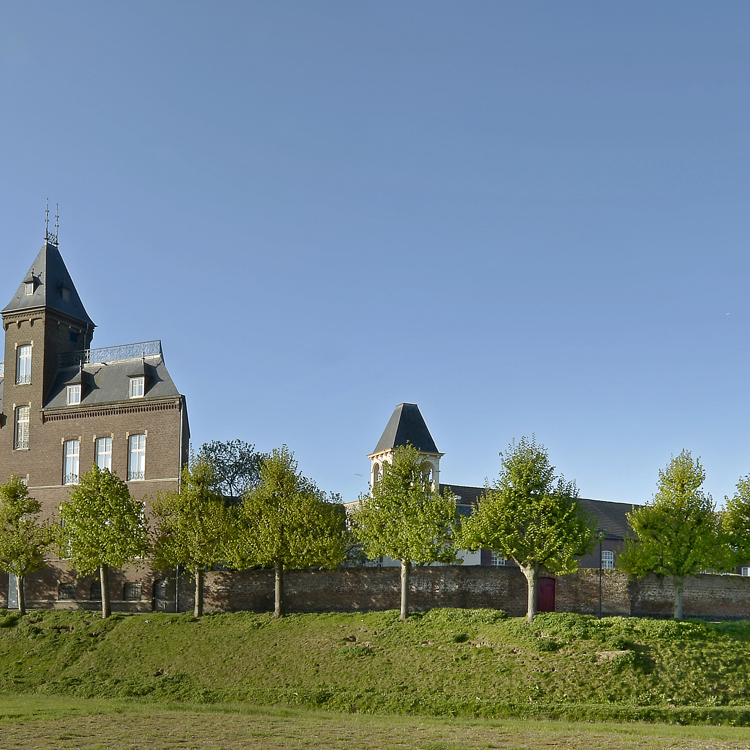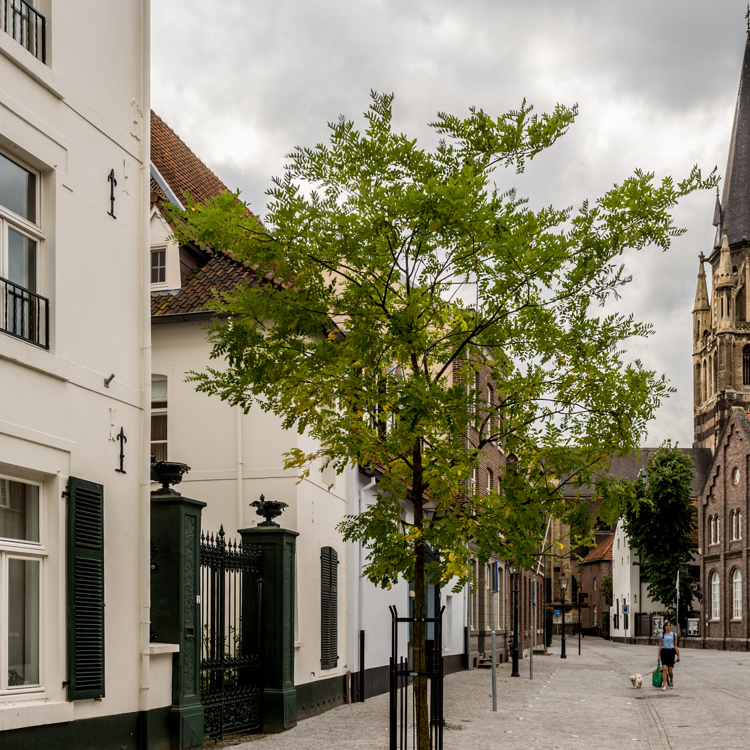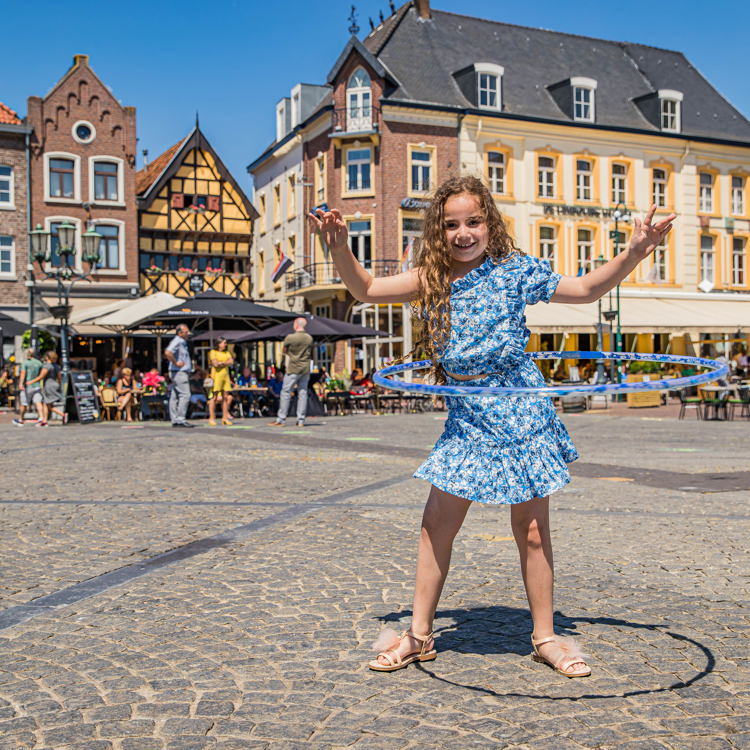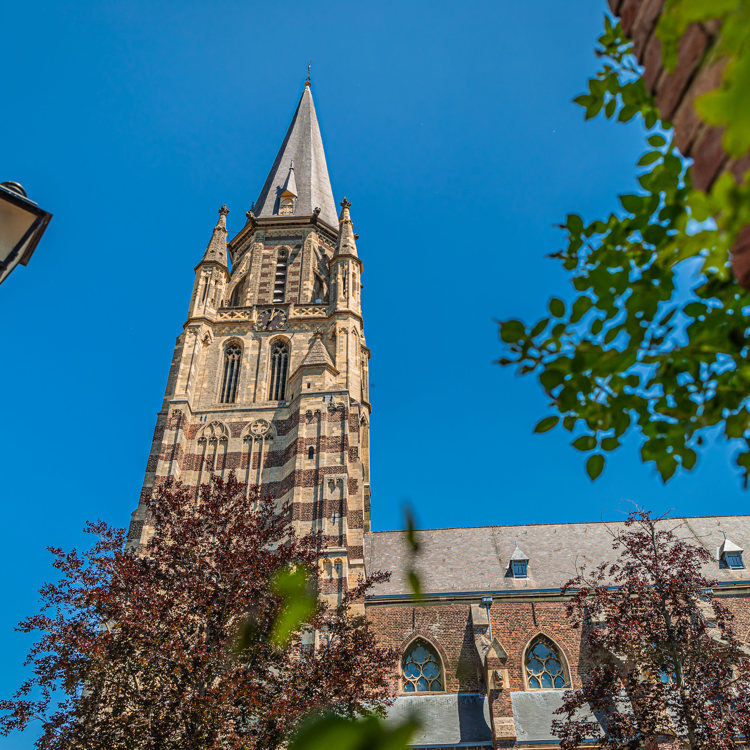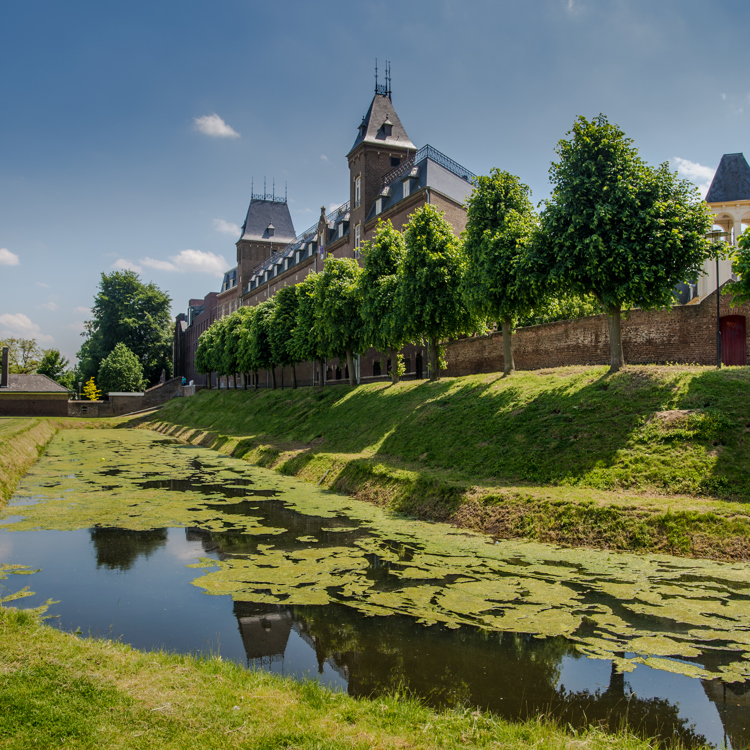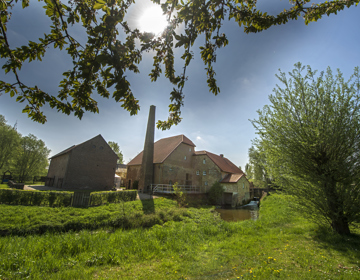The charming old town centre with its historic buildings welcomes visitors with open arms. On sunny days, with its outdoor cafes, there’s little that can beat Sittard’s enchanting market square. In many bars and restaurants you can enjoy its epicurean delights the whole year round. The winding streets and alleyways are a constant source of wonder with their array of speciality shops and boutiques. No wonder that Sittard has a reputation for the good life.

Sittard’s historic old town
A town with an illustrious past
A short history lesson
Sittard is amongst the oldest settlements in the Netherlands with an illustrious past. In 1243, Sittard received a town charter. From 1400 onwards, it came into the possession of the Duchy of Jülich, until 1794. From 1798 to 1814, it came under the rule of the French empire and was part of the Département of the Roer, whose préfecture was Aachen. The town was liberated in 1814 by Cossacks and in 1815 it became the last town to join the Kingdom of the Netherlands.
Nevertheless, it took a long time before its residents felt genuinely Dutch, since Sittard was one of the first towns to declare itself for Belgian independence in 1830 and in 1848 many of its citizens worked in vain towards reunification with Germany. In 1918, when Belgium once again laid claim to Dutch Limburg, the citizens of Sittard finally felt fully integrated into the Kingdom of the Netherlands. Since 1972, the town centre has enjoyed a special conservation status.
